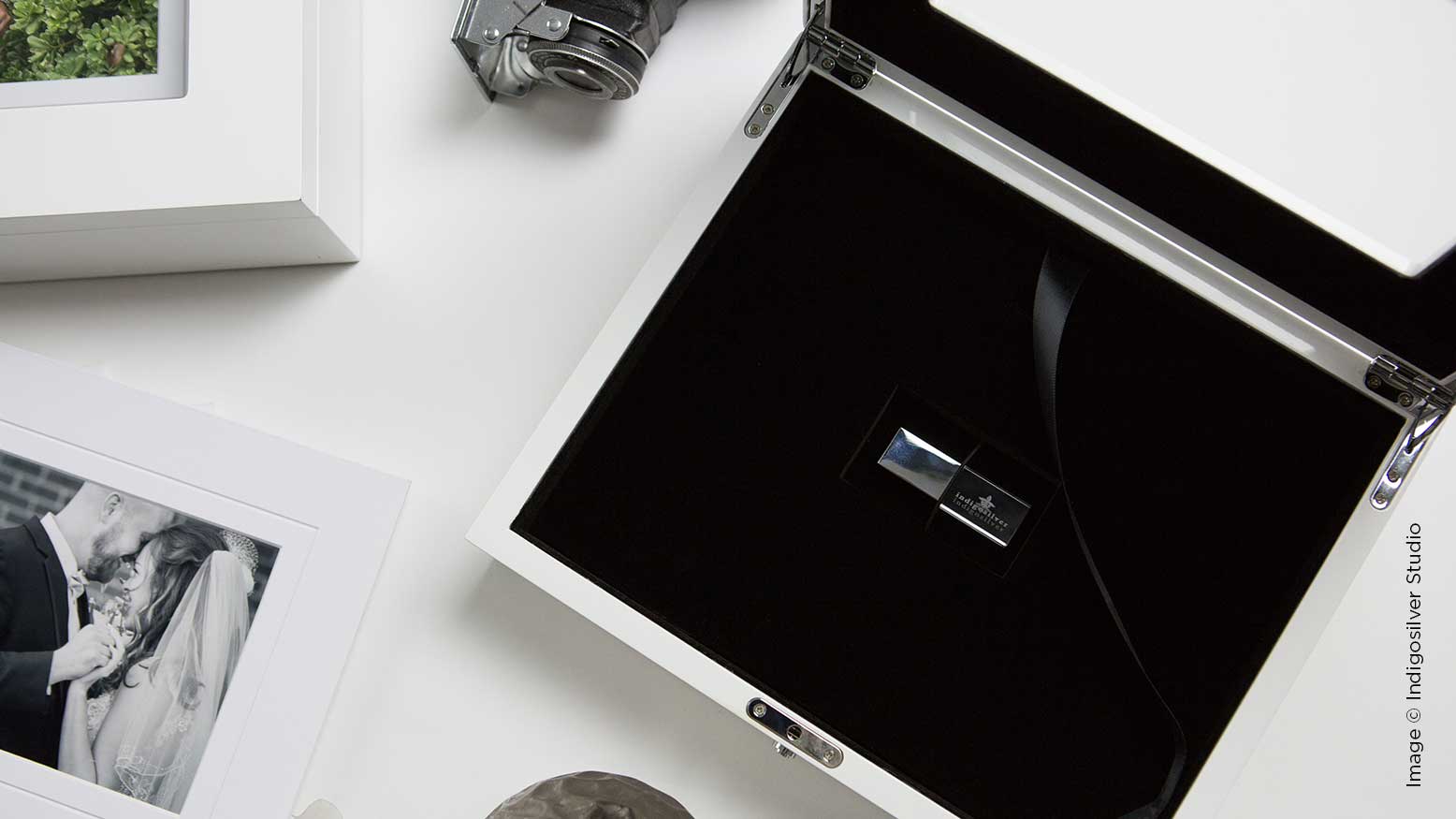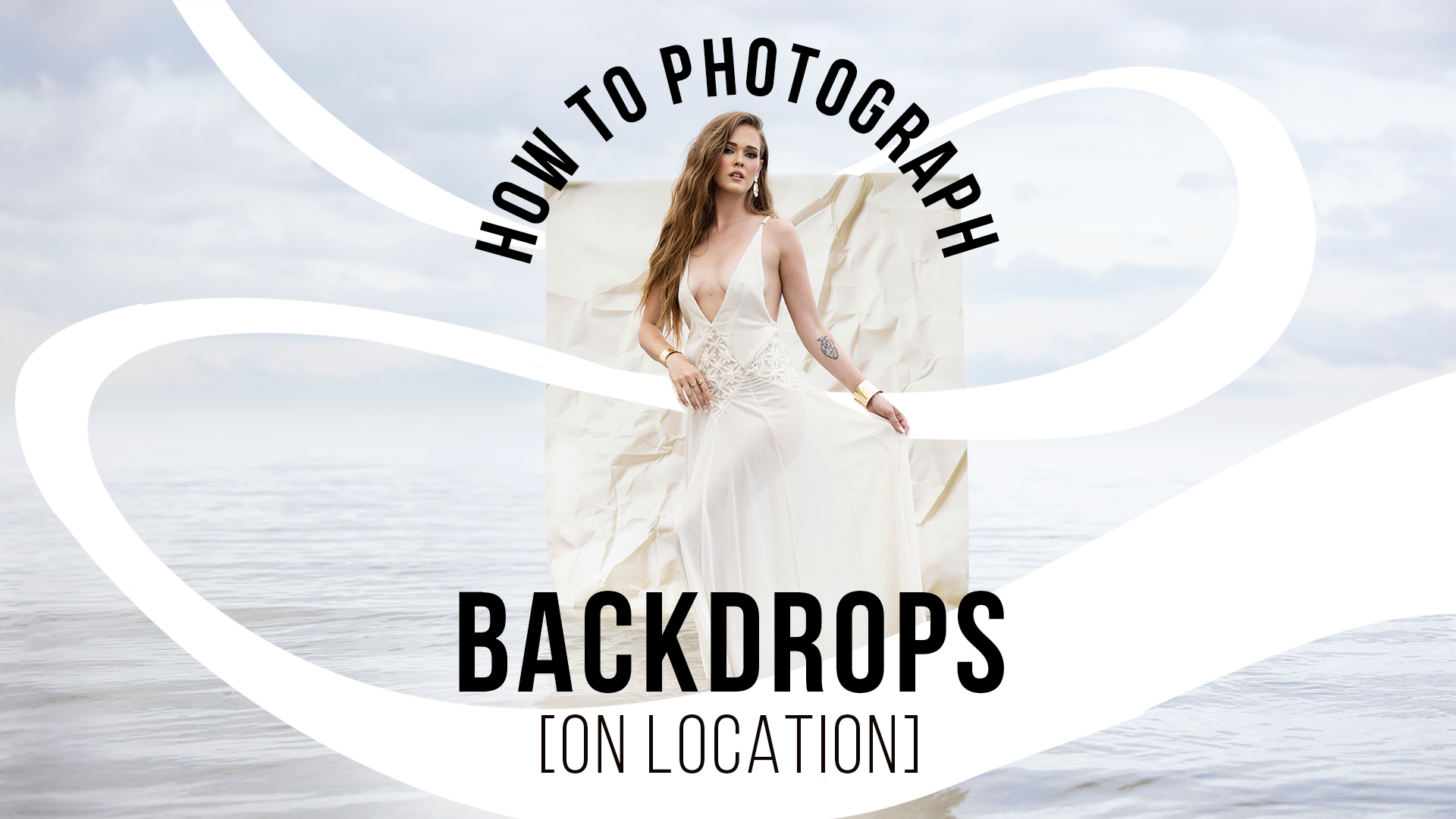Your Dream Studio: Strategies Beyond Cost-Based Pricing with Jeff & Lori Poole
Using Cost-Based Pricing as a Starting Point
In last month’s Business Corner, we discussed the costs one should consider when setting prices for products. The markup over the wholesale cost of a product is called “cost-based pricing.” Cost-based pricing is an excellent starting point for price calculations. It removes emotion, demand, experience and what others are charging. Cost-based pricing yields a minimum price that should be charged based on a photographer’s costs, expenses and workflow.
To learn more on cost-based pricing calculations, see last month’s article, “Your Dream Studio: Understanding Cost of Sale and Markup.”
Strategies Beyond Cost-Based Pricing
Cost-based pricing is an excellent place to start when trying to determine what to charge for a product, but it doesn’t work for everything. This month, we examine additional factors that may break the cost-based mold. Some strategies allow you to charge more than what cost-based pricing suggests, while others force you to charge less (or get creative).
Demand-Based Pricing
Demand-based pricing recognizes that people are sometimes willing to pay more than what cost-based pricing suggests. Last month, we ran the cost-based pricing calculation for a 10×10 portrait album. At 25% cost of sale, the suggested retail on the album was $1,132. We know many photographers who charge as much as $3,000 for a similar album. There are plenty of examples in the retail world where people are willing to pay a huge premium for name brands. The cost of these items isn’t usually much higher than a generic item, but people demand the brand. If your clients are willing to pay a higher price, let them.
Demand-based pricing does not suggest you charge less than cost-based pricing simply because you’re new or inexperienced. No matter how new you are, you still have to cover your costs.
Opportunity Cost
Sometimes we must consider not just how much we will make from a session but how much we may lose by not shooting a more profitable session. In some ways, we know this instinctively. Jeff and I know that we are not going to commit to a headshot or portrait session on a Saturday during wedding season. The opportunity cost of turning away a wedding client is simply too high.
A bit less obvious is how our products may also cost us better sales. A photographer I recently mentored was struggling to sell portrait albums. An examination of this photographer’s price list revealed why: Another product she was offering was cannibalizing her album sales. The competing product was 10 mounted images with a wooden block easel. Because of the low cost of goods of the block product, cost-based pricing suggested a retail price of about a quarter the price of her albums. The albums were a better product, but clients were opting for the much cheaper block product that held the same number of images for a much lower price. By removing the block product, her album sales soared. Another option would have been to raise the price of the block so that it was more comparable to the album prices.
Digital Files = Demand + Opportunity Cost
Digital files do not play by the cost-based pricing rules one bit. For one thing, there’s very little cost associated with them. Depending on your workflow and level of retouching, your cost of sale on a digital file may be next to nothing. Does that mean we can afford to sell digital files cheap? No.
Demand: Digital files are in high demand right now. Clients want to share files on social media. They want to make their own prints. It’s easier to email a file to a faraway loved one than to ship a print. Clients are used to owning their negatives (a phenomenon unheard of in the film era). Many simply feel they should have the files, even if they have no intention of doing anything with them. Demand-based pricing allows us to charge a premium for files.
Opportunity cost: Many clients don’t purchase printed products if digital files are included. A single digital file can negate the purchase of several prints. That means the opportunity cost of digital files is quite high. A common strategy is to price your digital files in a way that assumes the client will purchase nothing else. When you created your annual plan, what was your target sale? For a review of creating an annual plan, see the Business Corner article from August 2018, “Your Dream Studio: Creating an Annual Plan.”
Let’s say our target sale is $1,000. If we offer a set of digital files to our clients and we assume they will not purchase other products, we might price the set of files at $1,000 in order to reach our sales goal.
Clones/Duplicates
Clients often order more than one of a print or product. This gives you a bit of leeway to sweeten the deal for them. Referring back to our portrait album example, let’s say the client wants two copies. Remember that there were a number of costs involved in the calculation that would not apply to the second copy: Design, retouching and shipping do not need to be charged again. Therefore, additional copies of the same album can be sold at a discount, which may entice your client to buy more.
Loss Leaders
A loss leader is an item you’re willing to sell at an extreme discount (at a loss) but that will lead to further sales. An example of this strategy is retail stores that offer “door busters” on Black Friday in limited quantity. A big-box retailer may offer a flat-screen TV at an extremely reduced price for their Black Friday door buster. The retailer’s goal is not to make money off the TV itself. Instead, the retailer is using the TV to attract crowds to the store that will purchase other products when the TV inevitably sells out in the first few minutes. If you are considering a loss leader as a sales strategy, have a plan in place to limit loss and capitalize on upsales and additional purchases. This strategy is a gamble: The additional sales made by those attracted by the loss leader must outweigh the loss.
Commodities: Small Prints and Novelty Products
These are items for which clients have a set price they are willing to pay, and that price is lower than the retail price suggested by a cost-based calculation. Many of us know the going rate of a gallon of gasoline in our area within a nickel or so. We are unwilling to patronize a gas station that charges well above that.
In photography, the commodity is often prints sized 8×10 and smaller. Cost-based price calculations suggest a retail price of $200 or more for small prints, yet many studios are forced to retail those prints for somewhere between $50 and $125. (As with all cost-based calculations, everyone’s numbers vary.)
Similarly, novelty products like ornaments, water bottles, mouse pads and photo jewelry often suffer the same fate as small prints: Clients compare the price of these custom products to that of similar products they can purchase at online retailers and photo kiosks. Pricing has been commoditized by these outside retailers, making it difficult for photographers to charge appropriately.
So do we just throw our hands up and accept the price the clients are willing to pay? Yes and no. It is crucial to understand that your studio will never be profitable selling these items at the commodity price. In that sense, all commoditized products are loss leaders. Additional strategies are required to absorb the losses. The simplest solution is to discontinue products that are not profitable. Your studio will survive if you don’t offer ornaments and mouse pads. For the products you do offer, find ways to blend less-profitable items with more-profitable items. Sell small prints only as an add-on to a sizable package purchase or after a minimum purchase requirement is met, for example.
As a final note, it is important to understand that commoditization is not an excuse to undercharge. Photographers are fond of the “you can’t charge that in my market” excuse when they are uncomfortable charging appropriate prices. More often than not, pricing is not the issue. Photographers who are struggling to be profitable may need to work on their branding message and marketing efforts to attract the right clients.
Is Cost-Based Pricing Dead?
With all this talk about alternate pricing methods, does that mean cost-based pricing is obsolete? Not by a long shot. When I’m adding a new product to our price list, here’s my train of thought:
- Run a cost-based calculation.
- Can I charge more? (demand-based/opportunity-cost pricing)
- Is there a commoditized price cap on this? If so, do I still want to offer it? If so, how can I curtail loss?
A majority of products on our price list are cost-based priced. A smaller chunk are priced above cost-based pricing due to high demand or opportunity cost. Only a very small number of items have reduced pricing due to commoditization. This means that overall, we are keeping our average cost of sale at or below 25% as planned, which means we keep more of what we make.




